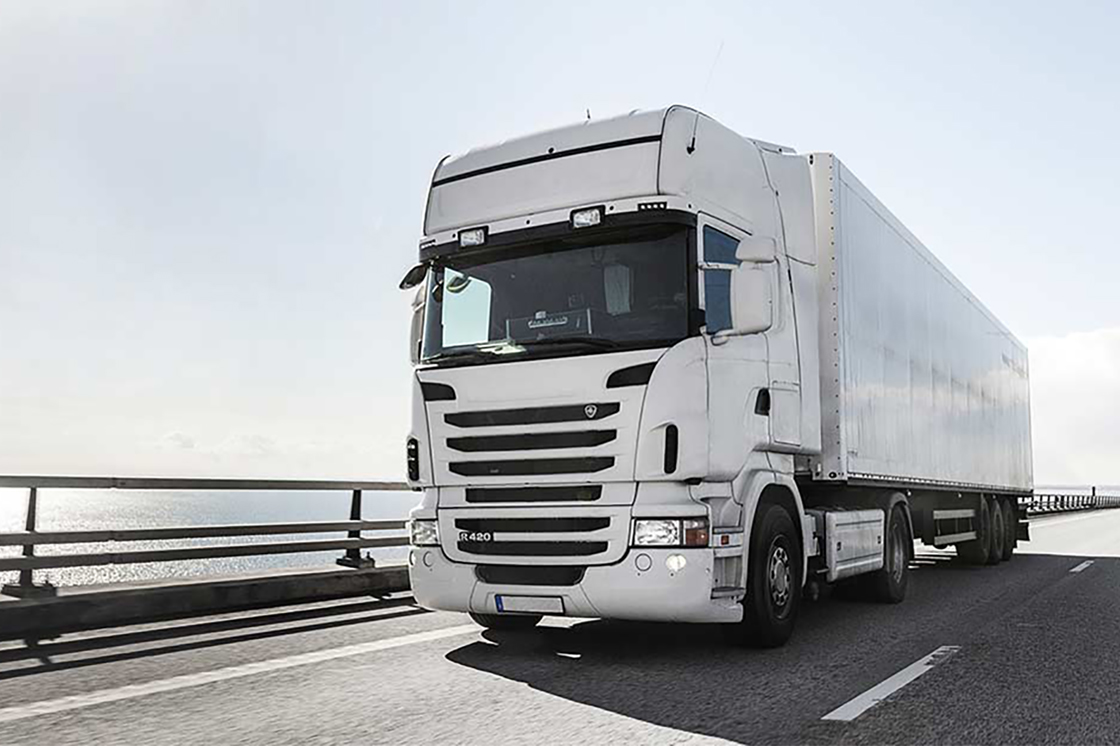Benefits of Partnering with Developed Transport Refrigeration Companies
Wiki Article
Just How Cooled Trucks Operate to Guarantee Safe and Effective Delivery of Perishable Goods
Cooled vehicles play a critical duty in the supply chain, making certain that subject to spoiling items are carried securely and successfully. Making use of innovative refrigeration modern technologies and durable insulation, these automobiles preserve exact temperature level control, which is important for preserving the quality of delicate items.Introduction of Refrigerated Trucks
Cooled trucks, often referred to as reefer vehicles, play an essential role in the transportation of subject to spoiling products across different industries. These customized vehicles are designed to maintain specific temperature varieties, ensuring that items such as fresh produce, milk products, meat, and pharmaceuticals continue to be safe for usage and effective usage. The procedure of refrigerated vehicles is necessary in minimizing putridity and expanding the rack life of temperature-sensitive products.Reefer vehicles are equipped with shielded cargo locations that can maintaining low temperatures, which can be changed according to the kind of items being transported. The lorries usually make use of a refrigeration system powered either by the automobile's engine or an independent power resource, enabling consistent temperature control during transit.
In addition to temperature level maintenance, these vehicles are commonly created with advanced tracking systems to track the interior environment, making sure conformity with health and wellness regulations. Chilled trucks add considerably to the supply chain, enabling prompt shipments to consumers, retailers, and restaurants. Their crucial role underscores the value of reliable transport options in today's international market, where quality is vital.
Key Refrigeration Technologies
Keeping optimum temperature control in chilled trucks depends on numerous vital refrigeration innovations that improve effectiveness and reliability. One of one of the most typical systems is the vapor-compression refrigeration cycle, which uses a cooling agent to absorb warmth from the vehicle's interior, lowering the temperature. This process involves a compressor, condenser, expansion shutoff, and evaporator, operating in tandem to distribute the refrigerant and preserve a consistent climate.Another notable modern technology is the usage of eutectic plates, which store and launch thermal energy. These plates are full of a phase-change material that solidifies at a specific temperature level, providing a steady air conditioning resource. This approach not just boosts power efficiency but likewise lowers the demand for constant power supply throughout transit.
Additionally, progressed insulation products, such as polyurethane foam, significantly enhance the thermal efficiency of chilled trucks, minimizing temperature level changes during unloading and loading. Some modern-day refrigerated trucks additionally include telematics systems, permitting for real-time tracking of temperature level and performance, hence making sure conformity with security standards. With each other, these modern technologies ensure the secure transport of subject to spoiling items while enhancing operational effectiveness and decreasing power consumption.
Temperature Level Control Mechanisms
Reliable temperature control devices are essential in making certain the integrity of disposable items throughout transport. Cooled vehicles utilize advanced modern technologies to keep consistent temperature level ranges, protecting against perishing and making sure item safety and security. Central to these systems is the refrigeration system, which operates using vapor-compression or absorption refrigeration systems. These devices are made to cool down the air within the cargo area successfully and maintain the called for temperature throughout the trip.In addition, modern refrigerated vehicles are geared up with digital thermostats and programmable temperature monitoring systems. These systems enable real-time tracking of internal temperature levels, giving informs if the temperature differs the fixed variety. This capability is important for conformity with health and security regulations.
Insulation also plays a critical role in temperature level control. High-grade insulation materials reduce warm exchange, preserving the preferred internal conditions. Air flow administration within the cargo location is crafted to guarantee uniform temperature level distribution, stopping hotspots that could compromise product honesty.
Best Practices for Loading

This method permits the temperature control system to stabilize, creating a suitable environment for perishable products. Prevent overwhelming and obstructing vents, as this can lead to transport refrigeration company temperature changes and hotspots.
Shelving or using pallets can assist in arranging products, ensuring that heavier items are placed at the bottom to avoid crushing lighter things. Additionally, it is critical to segregate different kinds of products, specifically those with varying temperature level demands, to avoid cross-contamination and putridity.
Lastly, protecting the load with bands or nets will stop movement throughout transit, consequently reducing the threat of damages and preserving the honesty of temperature-sensitive items. By adhering to these finest techniques, drivers can make sure secure and efficient delivery of perishable items while making best use of the efficiency of their chilled vehicles.
Challenges and Solutions in Transport
One substantial concern is temperature level variations, which can happen due to devices malfunction or improper packing practices. Furthermore, roadway problems and delays can better aggravate temperature control concerns, particularly throughout extended transportation times.Advanced telemetry can provide real-time temperature data, informing vehicle drivers to any kind of anomalies. Training workers on ideal loading and dumping methods can minimize the danger of temperature level variances.
An additional secret solution entails path optimization. Utilizing general practitioners and website traffic monitoring modern technologies can assist vehicle drivers select one of the most effective courses, minimizing transit times and decreasing exposure to adverse conditions. Teaming up with trustworthy logistics partners who prioritize cool chain stability is likewise vital for making certain that items continue to be within needed temperature arrays.

Conclusion
To conclude, refrigerated vehicles play a crucial function in the risk-free and reliable transport of subject to spoiling goods. Using advanced refrigeration modern technologies and effective temperature level control systems guarantees that products continue to be within needed temperature level varieties. Complying with finest practices in loading and course optimization better improves delivery performance. Dealing with difficulties with innovative remedies is crucial for preserving compliance with wellness regulations, eventually protecting the honesty of delicate products throughout the supply chain.
Report this wiki page